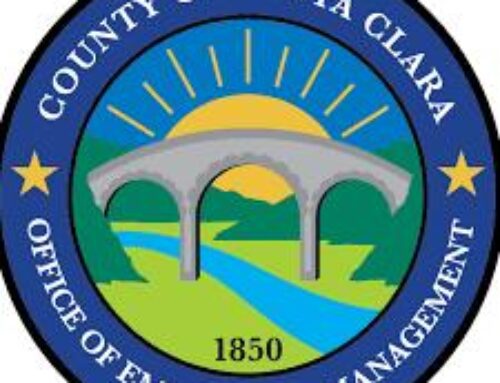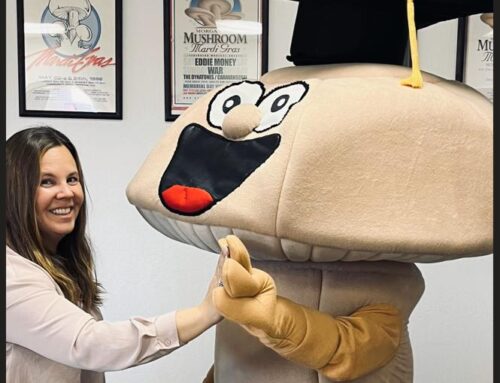When you start taking money out, presumably when you’re retired, your withdrawals — earnings and contributions — will generally be tax-free
By Marisa Otto

Marisa Otto
If your employer offers a 401(k) plan, consider yourself fortunate, because a 401(k) is a great way to help build retirement savings. But are you taking full advantage of your plan?
To help ensure you are indeed maximizing the benefits of your 401(k), consider the following suggestions:
- Earn your employer’s match. It’s a good idea to contribute as much as you can afford to your plan. (In 2021, you can put in up to $19,500, or $26,000 if you’re 50 or older.) At least put in enough to earn your employer’s matching contribution if one is offered. If you don’t contribute enough to earn the full match, you’re shortchanging yourself. For example, if your employer matches 50 percent of what you contribute, perhaps up to $5,000, and you put in $8,000, your employer’s 50 percent match will just be $4,000. You’re actually leaving $1,000 “on the table.”
 Evaluate the Roth option. When you invest in a traditional 401(k), you put in pre-tax dollars, lowering your taxable income in the year you contribute. Your 401(k) earnings then accumulate tax-deferred and are taxed when you take withdrawals from your plan. But if your employer offers a Roth 401(k), you can put in after-tax dollars, so your taxable income won’t drop in the year you contribute. However, when you start taking money out, presumably when you’re retired, your withdrawals — earnings and contributions — will generally be tax-free.
Evaluate the Roth option. When you invest in a traditional 401(k), you put in pre-tax dollars, lowering your taxable income in the year you contribute. Your 401(k) earnings then accumulate tax-deferred and are taxed when you take withdrawals from your plan. But if your employer offers a Roth 401(k), you can put in after-tax dollars, so your taxable income won’t drop in the year you contribute. However, when you start taking money out, presumably when you’re retired, your withdrawals — earnings and contributions — will generally be tax-free.
 (Your employer’s matching contributions, and any resulting earnings, will be taxable.) If you think you’ll be in a higher tax bracket when you retire, or you want to diversify the tax treatment of your accounts to provide greater flexibility in retirement, you might want to consider the Roth option. Consult with your tax advisor before making this decision.
(Your employer’s matching contributions, and any resulting earnings, will be taxable.) If you think you’ll be in a higher tax bracket when you retire, or you want to diversify the tax treatment of your accounts to provide greater flexibility in retirement, you might want to consider the Roth option. Consult with your tax advisor before making this decision.
- Build an appropriate investment mix. You may have a dozen or more investment options within your 401(k) plan. Of course, the driving investment principle in the early years of saving in your 401(k) is growth — you are counting on your plan to help fund a long retirement. But growth-oriented investments are, by nature, higher in risk than fixed-income vehicles. When you’re first starting out in your career, you may be more comfortable building a 401(k) portfolio that’s more heavily weighted toward aggressive growth vehicles, as you have many years to recover from short-term downturns. But as you approach retirement, you might consider moving your 401(k) toward a more conservative mix.
- Keep your plan intact. At times, you may feel a financial pinch that leads you to consider taking out loans or early withdrawals from your 401(k). If at all possible, avoid such moves — not only can they incur taxes and penalties, but they also will likely slow the growth you need to help reach your retirement savings goals. Taking steps to prepare for unexpected expenses, such as building an emergency fund containing three to six months’ worth of living expenses, can help you avoid dipping into your 401(k). You may also be able to find other ways to access cash.
Following these moves can help you position your plan to be a key contributor to your retirement.






